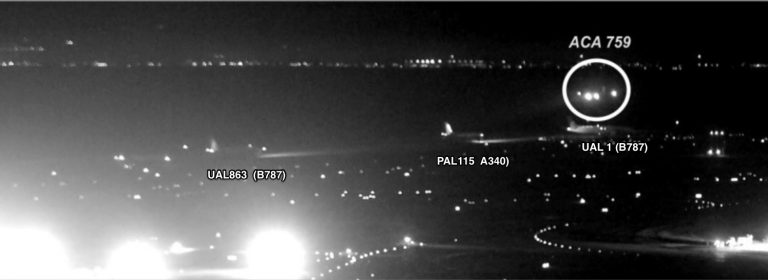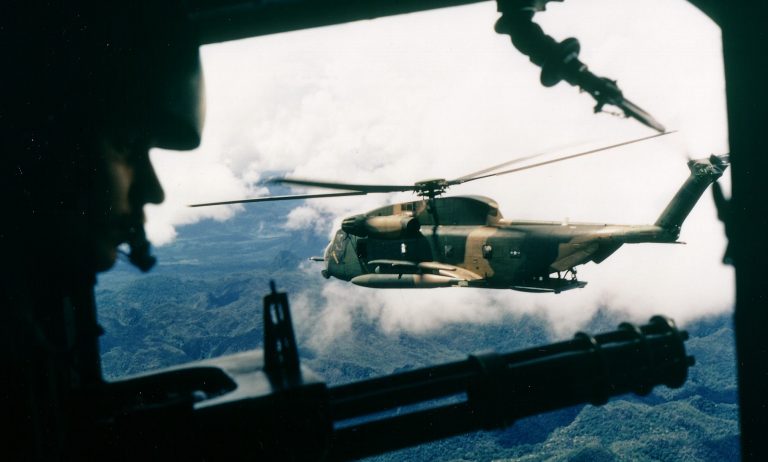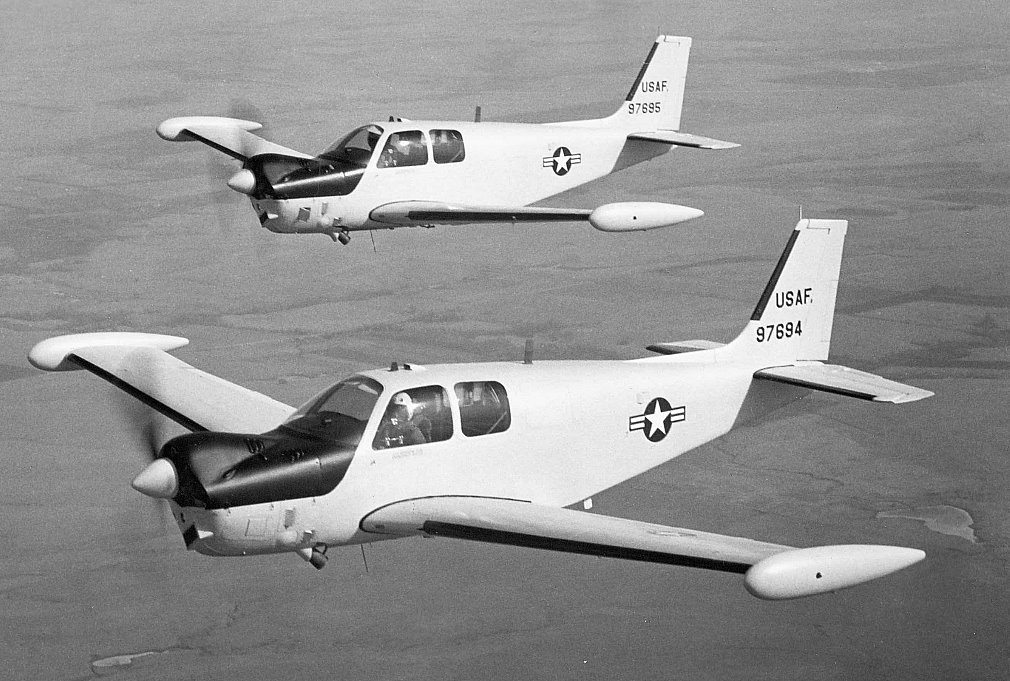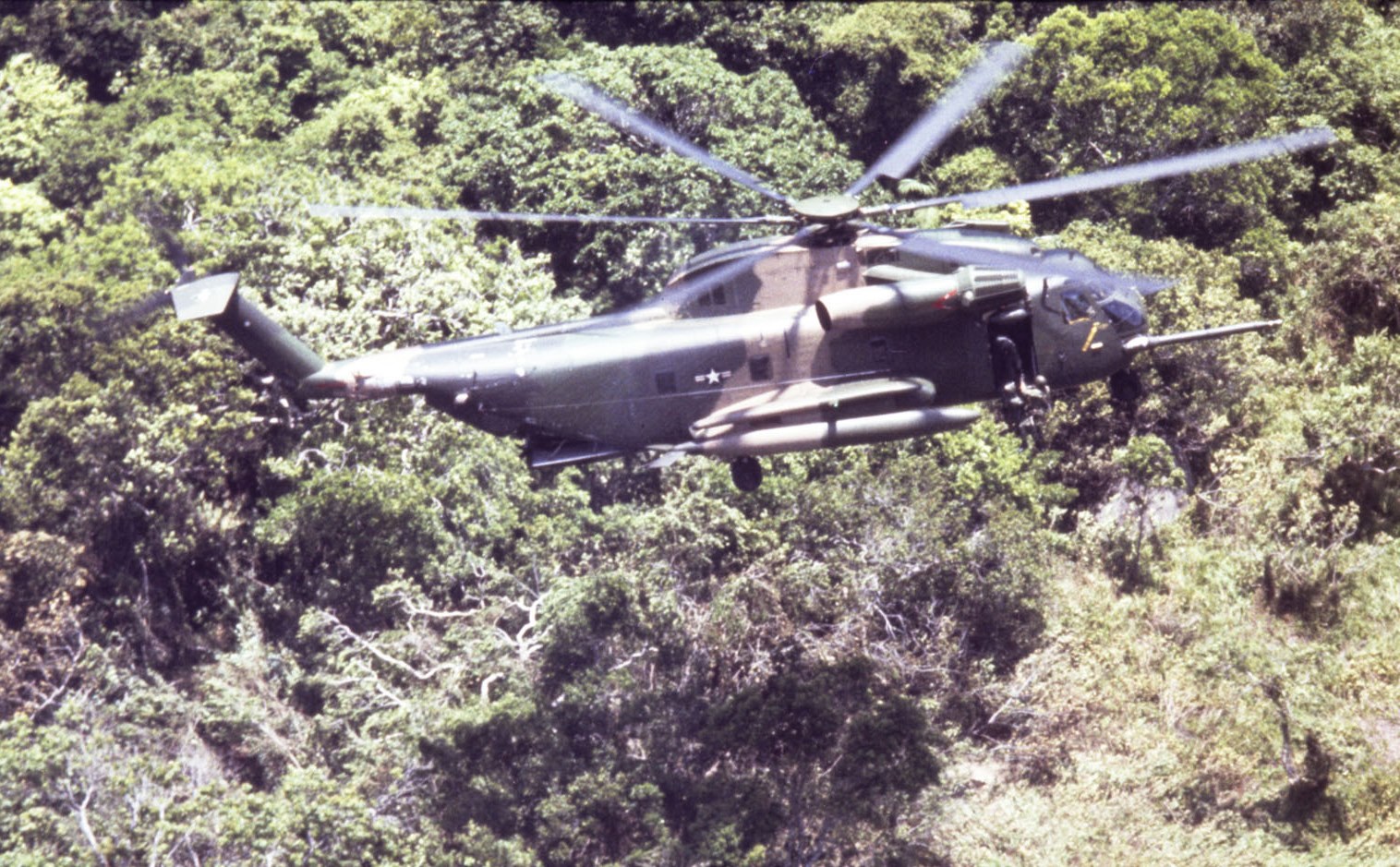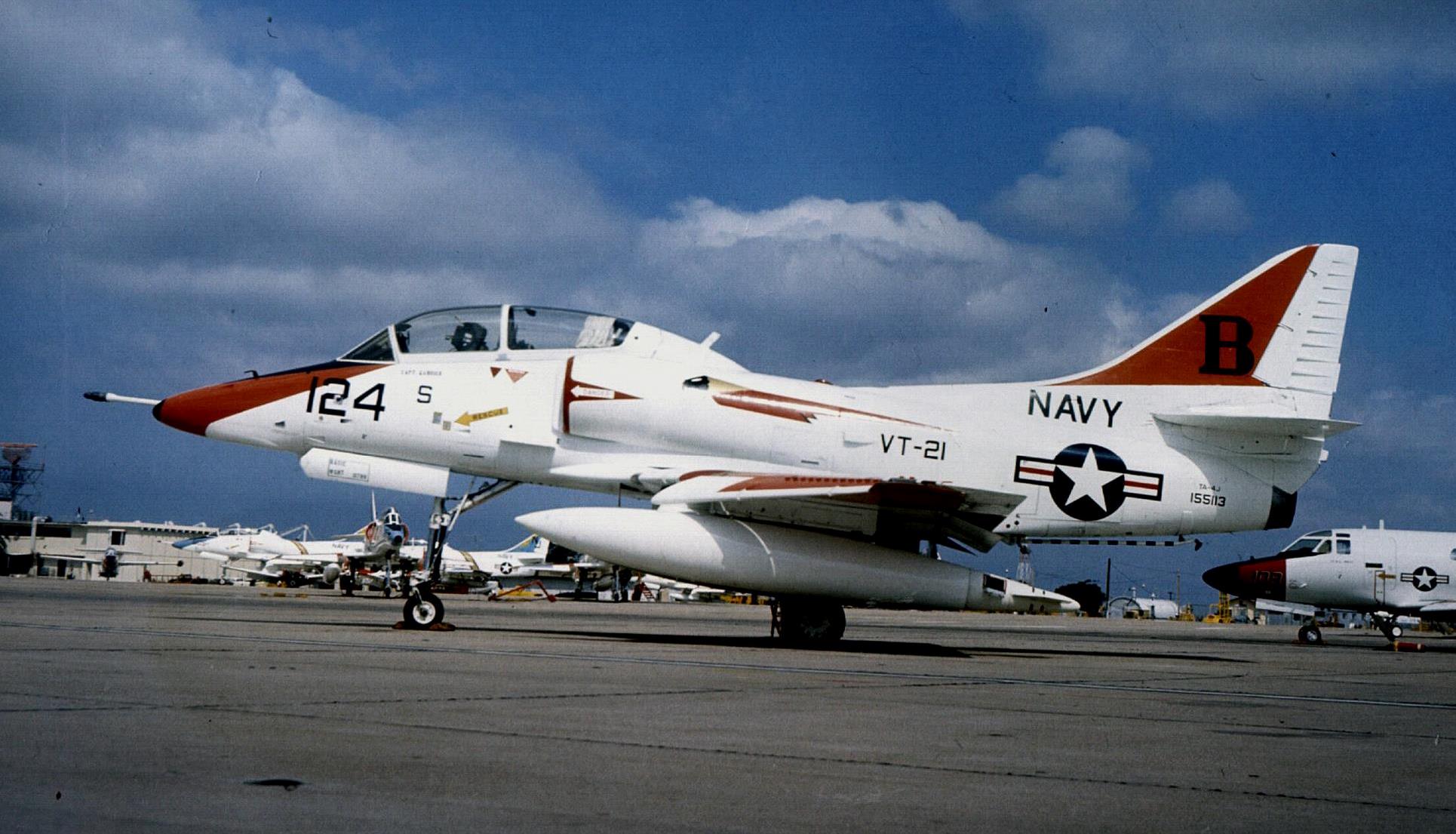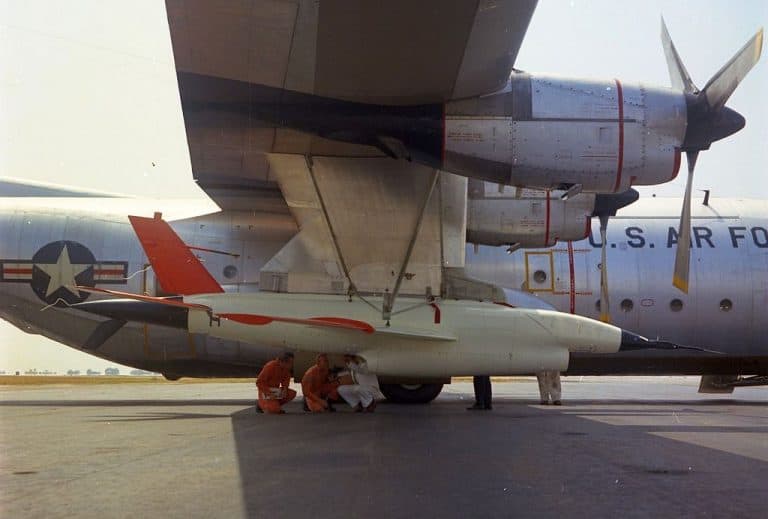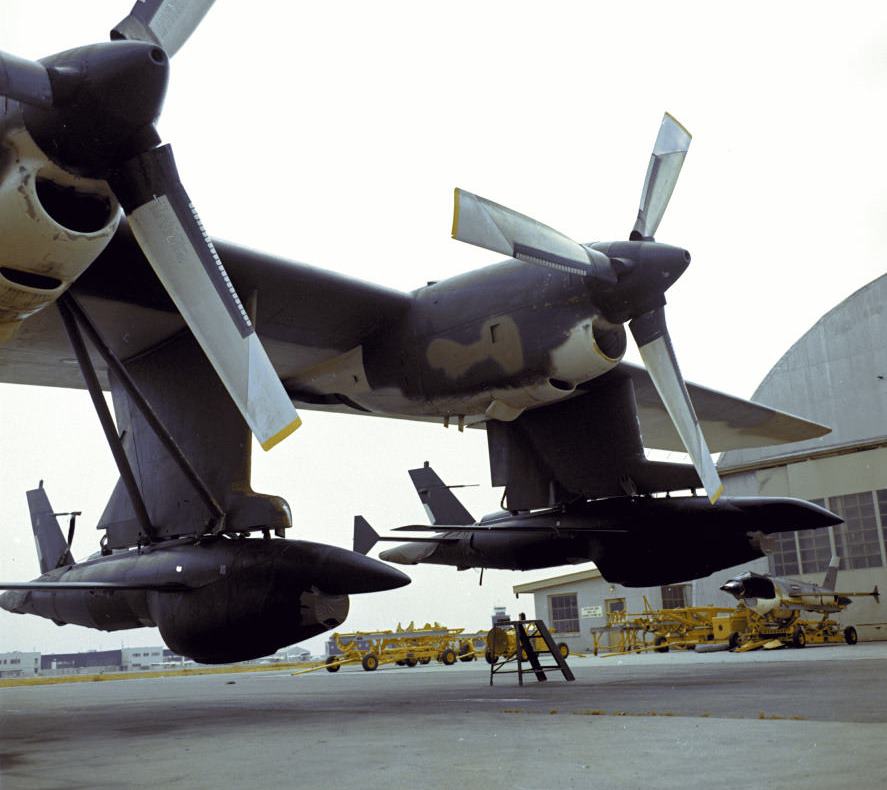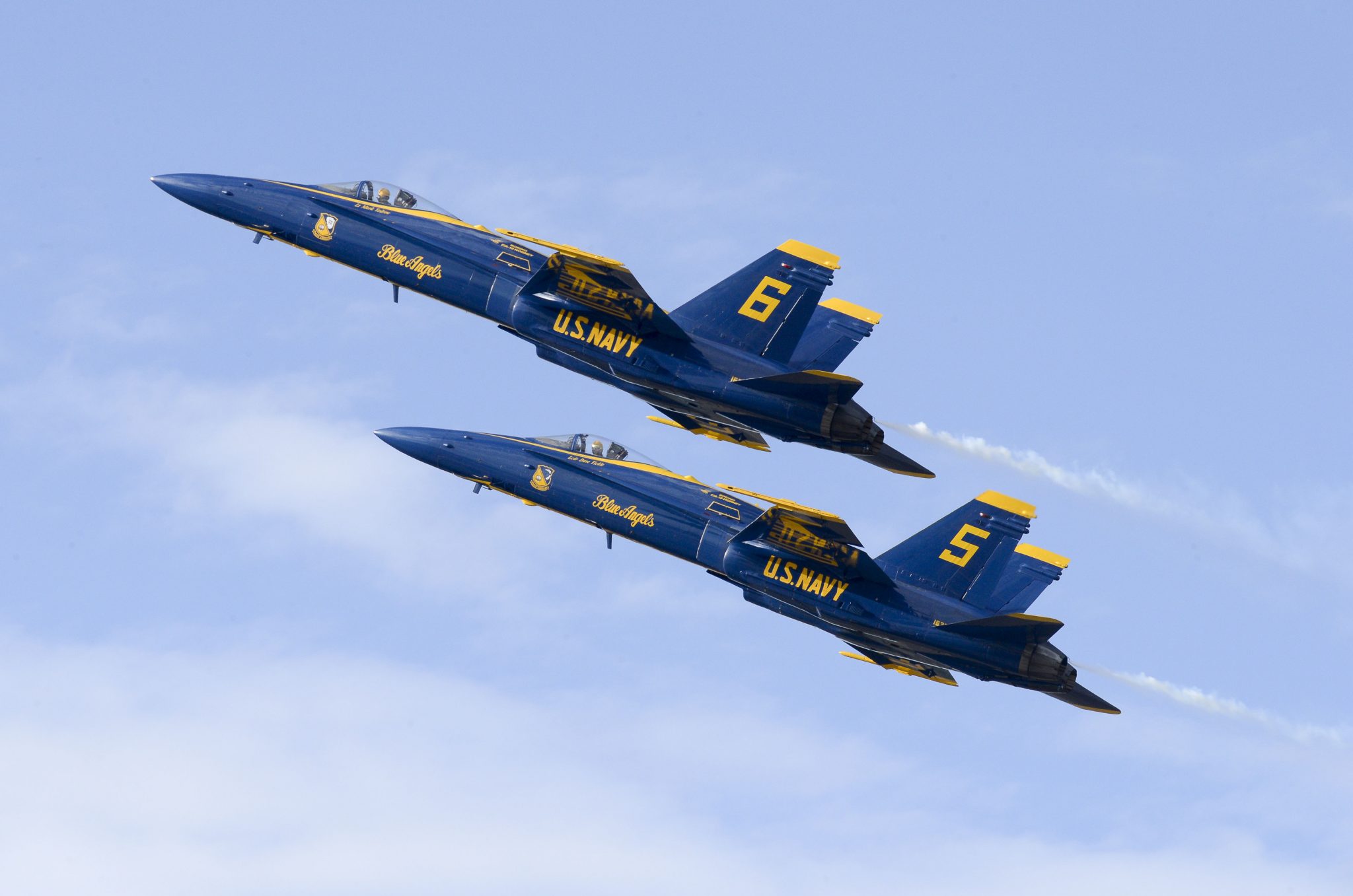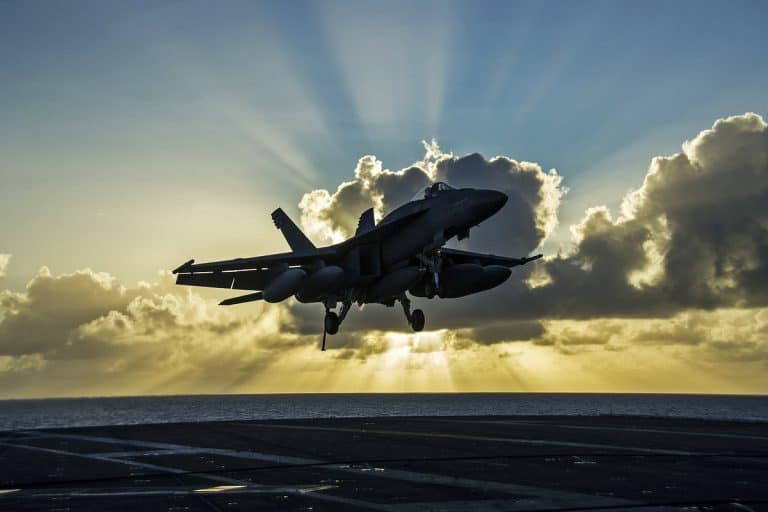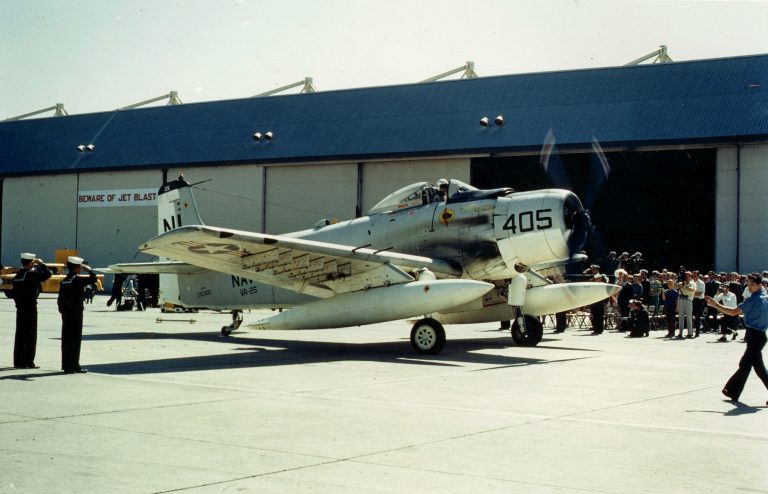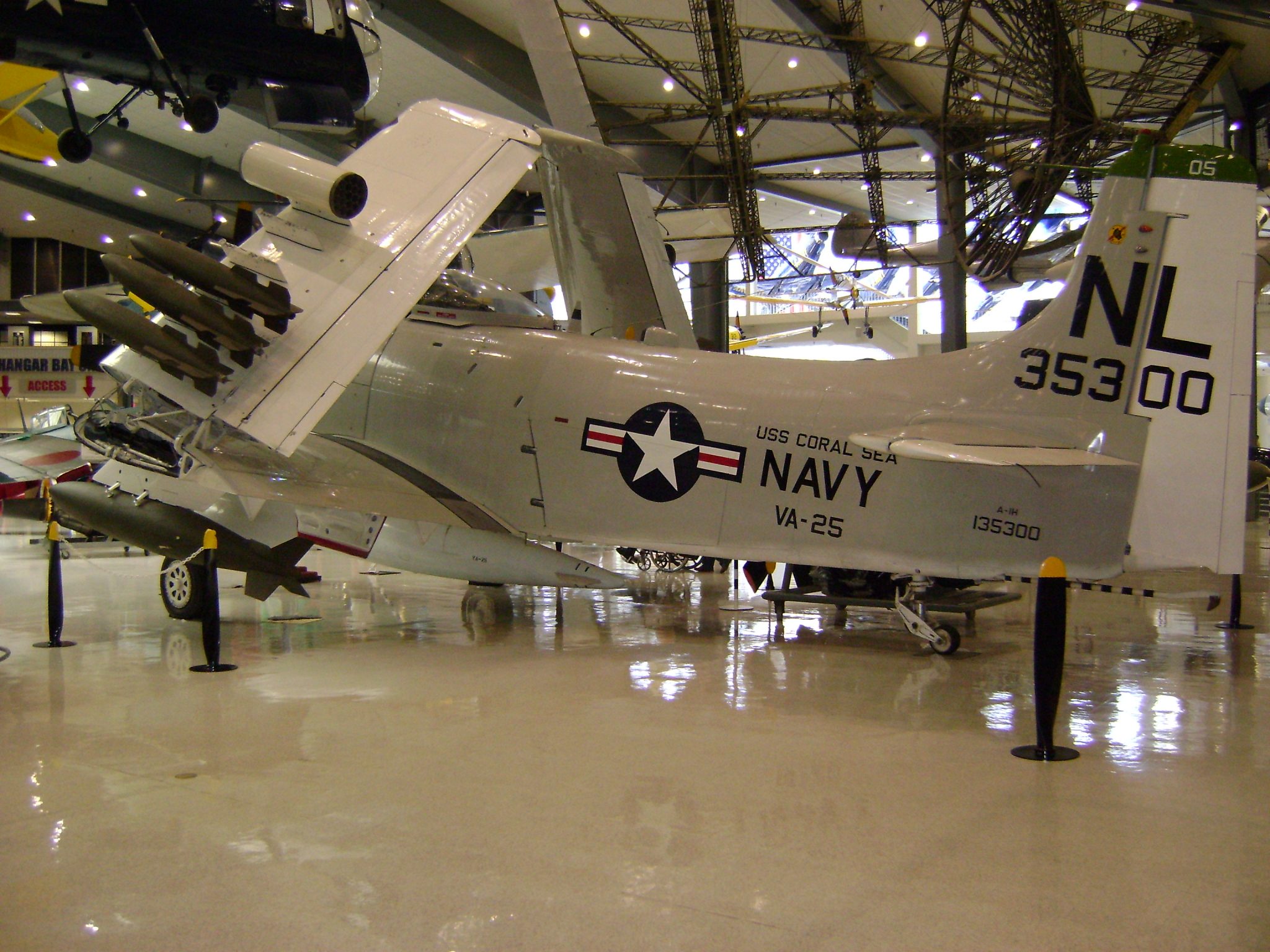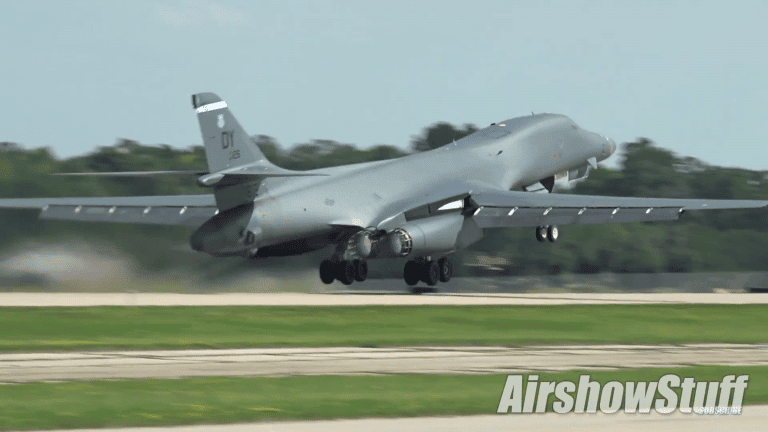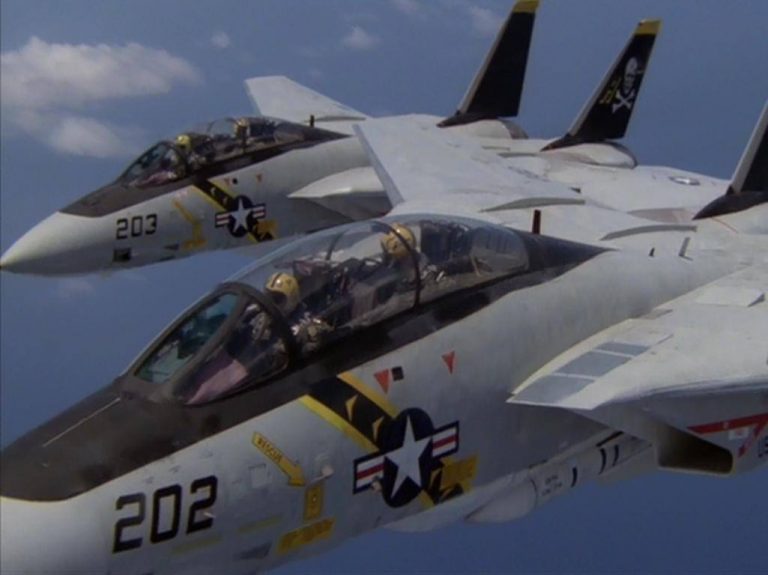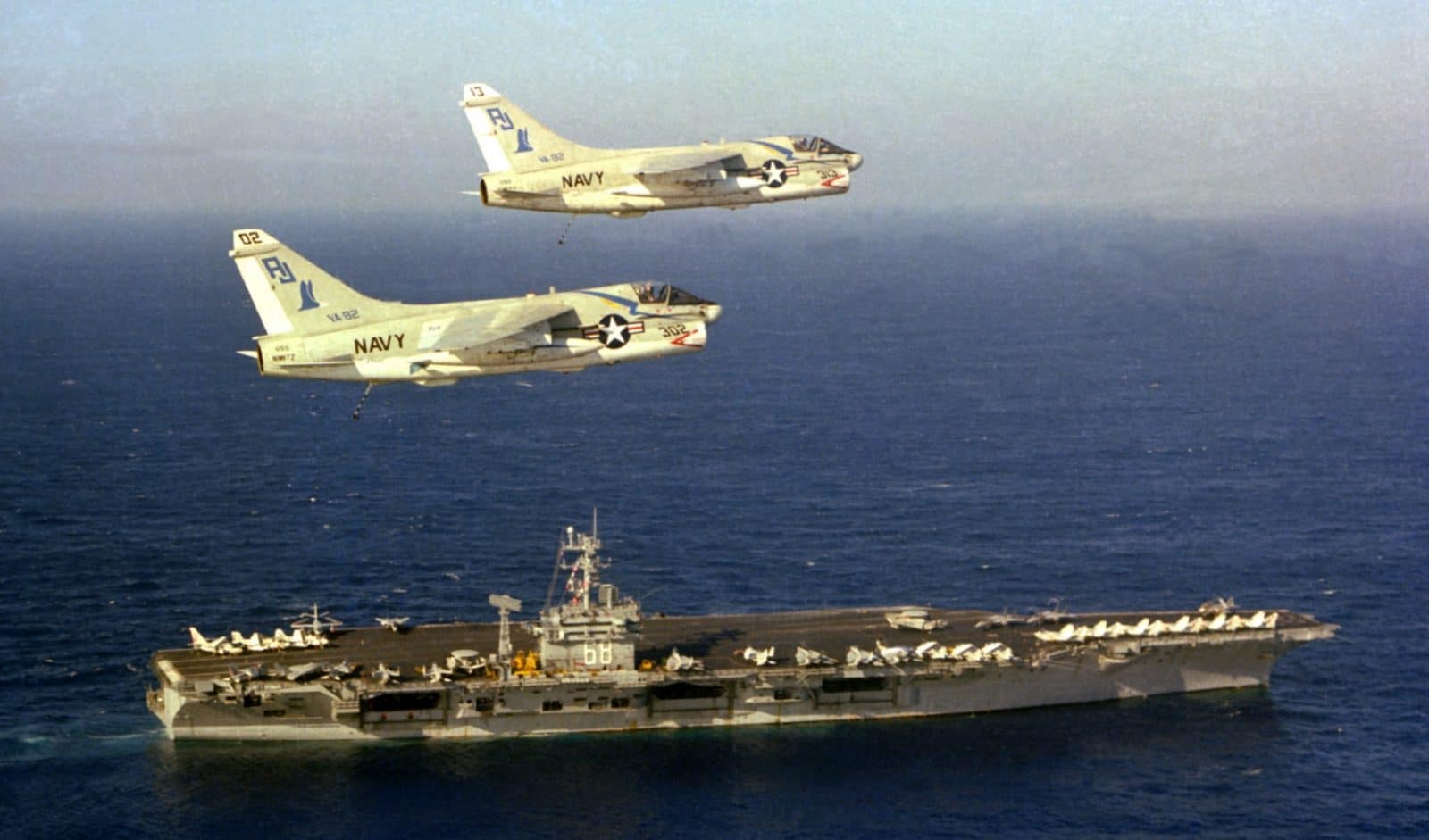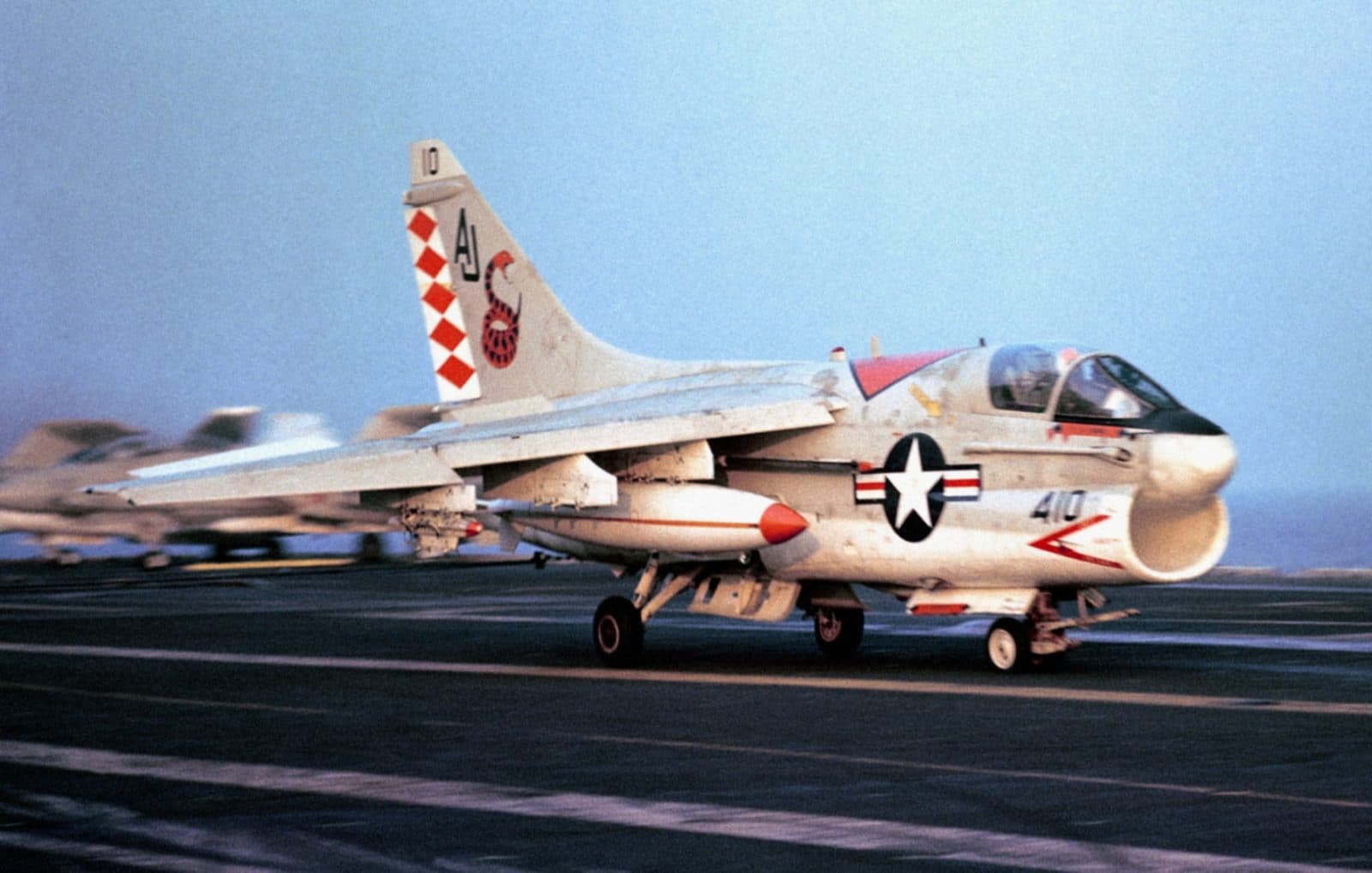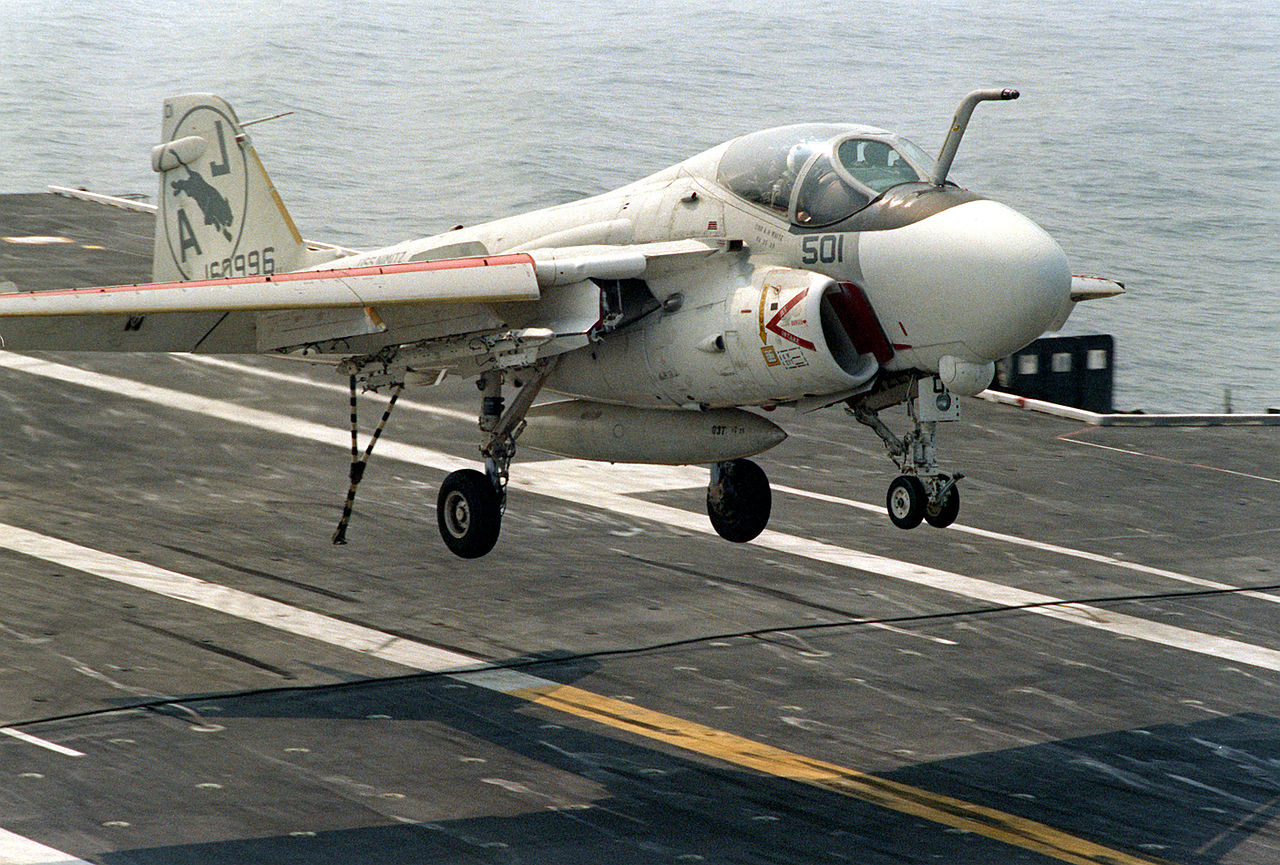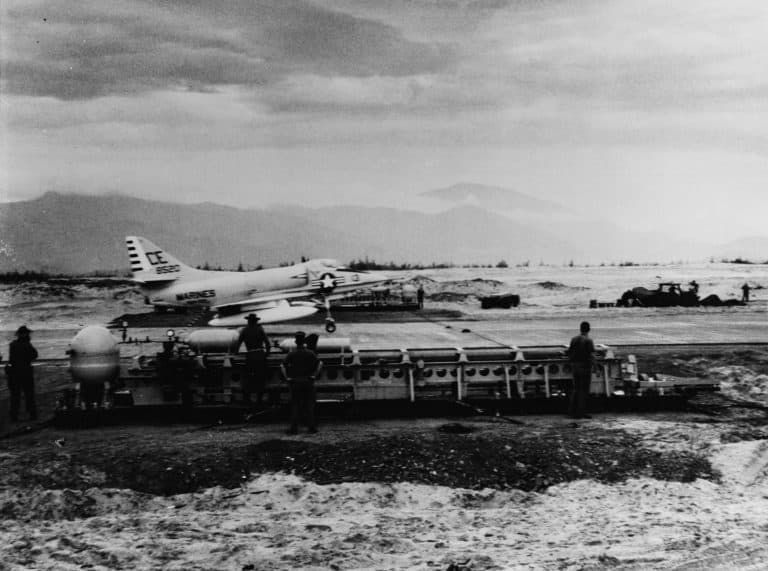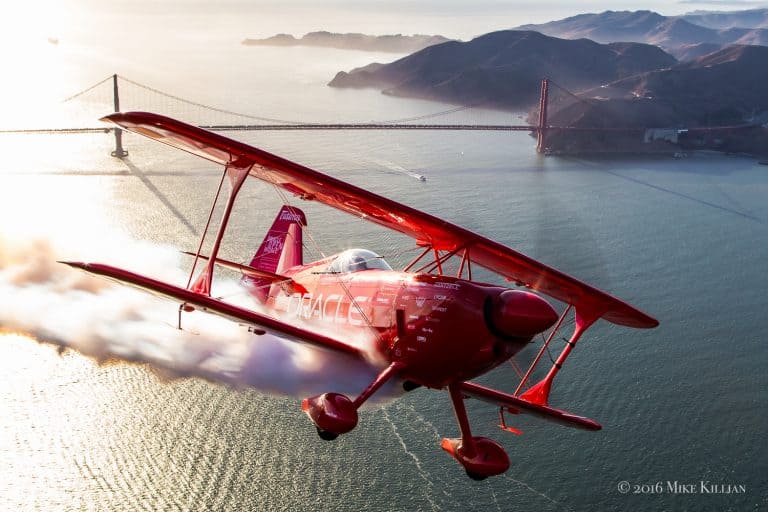Last month, an Air Canada A320 (Air Canada Flight 759) mistakenly lined up to land on a taxiway instead of the active runway. On the taxiway were 4 other aircraft, including three wide-body aircraft each carrying hundreds of passenger. The potentially deadly incident was only avoided after one of the 787 pilot’s holding short made a radio call to ask where that plane was going. Another aircraft turned on its landing lights. The Air Canada flight conducted a go-around, passing just feet overhead of the other aircraft. Now the NTSB has released an interim update with photos and new details. Here’s are some new details:
- Runway 28L was closed for scheduled maintenance. The runway had a lighted “X” on the field. It was NOTAMed closed with ATIS also reporting that the left runway was closed.
- Runway 28R (the runway which Air Canada was cleared to land) had full instrumentation and full instrument approach lighting. Additionally, taxiway C parallel to runway 28R had full operational taxiway lighting.
- Air Canada flight 759 was cleared for a visual approach to Runway 28R at night under VMC conditions.
- The Air Canada was lined up with the taxiway for the final three miles of the approach.
The sequence of events (in photos):



The Air Canada captain commanded a go-around on Airbus A320 when the aircraft was 85 feet above the ground. During the go-around sequence (time it takes to spool up the engine and set a go-around attitude) the jet came as low as 59 feet above the ground.
The NTSB states that, “In postincident interviews, both incident pilots stated that, during their first approach, they believed the lighted runway on their left was 28L and that they were lined up for 28R. They also stated that they did not recall seeing aircraft on taxiway C but that something did not look right to them.”
Some unanswered questions:
An incident like this one highlights the importance of breaking the error chain to prevent an accident. Based on the details of this interim report, the error chain was down to its final links. The crew was highly experienced with a total of over 30,000 flight hours between the two pilots. They were experts in their trade but they still fell short on this approach that occurred at night during visual conditions. An incident like this brings up a couple important questions though. Why weren’t the pilots backing up their visual approach with an ILS? Doing so would have provided critical situational awareness that they were lacking that night. Also, what role did fatigue play a role in this incident? Were the pilots awake for an extended period of time before flying? Did they get adequate rest before their duty day?
The NTSB is excellent at finding an answer to these questions. The final report will be released within 12-18 months.

